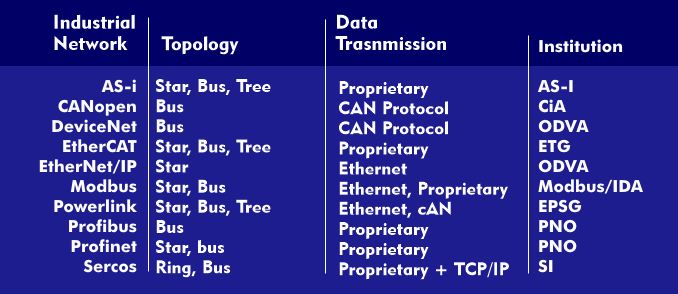EtherCAT protocol
In terms of function, EtherCAT is comparable to a single large Ethernet node that sends and receives Ethernet datagrams, also referred to as telegrams in fieldbuses. Such an Ethernet station consists of many EtherCAT slaves, which process the telegrams during the flow by removing or inserting specific user data from the EtherCAT frame for the respective slave and at the same time forwarding the datagram to the following station. The slaves can communicate with each other directly, in multicast and in broadcast.
The EtherCAT protocol uses Ethernet telegrams, which are the Ethernet frames known from Ethernet, and attaches a two- byte EtherCAT header to them. An EtherCAT telegram can contain several EtherCAT commands for different slaves and their directly addressable memory areas. The size of the Direct Memory Access( DMA) is 64 KB.
The EtherCAT data frame consists of the Ethernet frame, followed by a 2-byte EtherCAT frame, which is followed by user data areas containing the EtherCAT commands. The EtherCAT data frame is terminated by a 4 byte data field for the cyclic block check(CRC).
If the communication takes place via the UDP protocol and IP protocol, then the Ethernet header is followed first by the IP header, then the UDP header and then the EtherCAT header.

